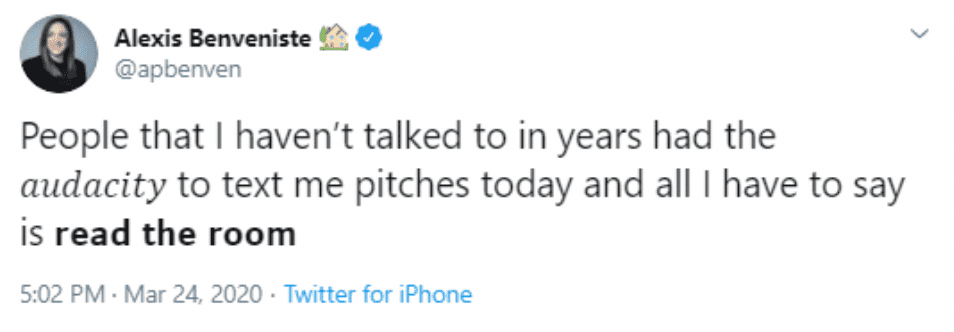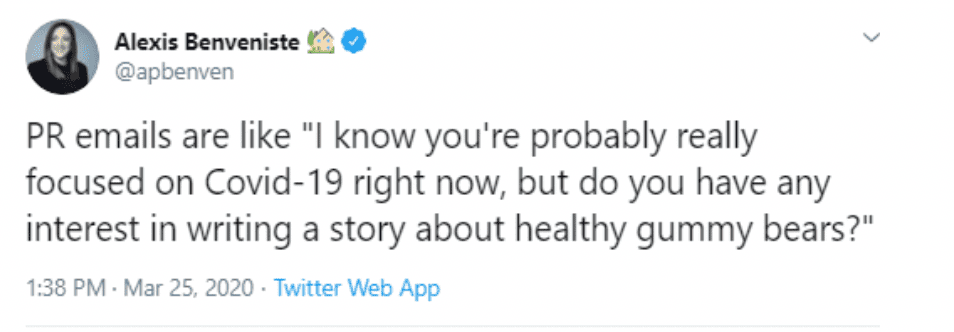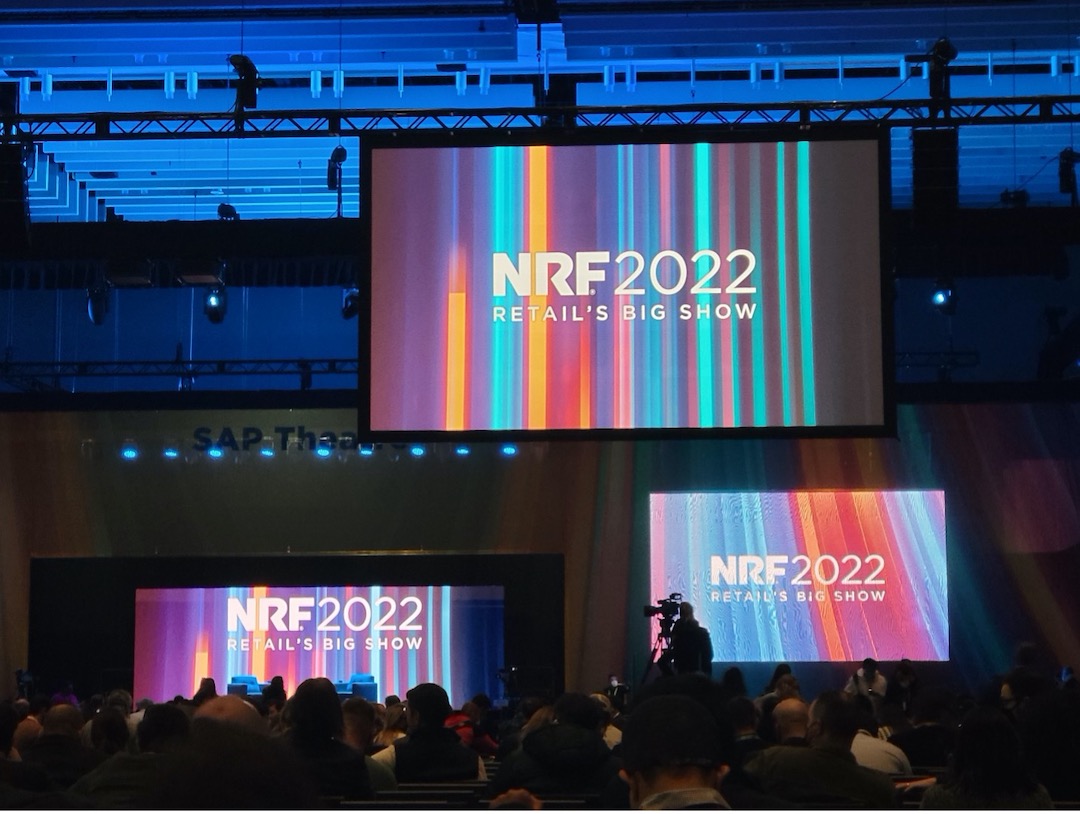Those of us who have written crisis communications plans or facilitated simulations for our clients have seen the scenario versions of “how would you handle a pandemic?” I’m starting to think we didn’t do it justice. The COVID-19 crisis unfolding in our world has tested us in ways I don’t believe anyone fully anticipated. And, as reputation managers, I sense we are rising to the challenge.

Last week, I had the opportunity to join a virtual panel hosted by Cision on Best Practices for Brand Communications in Times of Uncertainty and share a few of my thoughts and observations.
Here are some takeaways for companies and brands navigating this very complex crisis and working to emerge with their hard-earned reputations, and businesses, still standing.
Let stakeholders be your guide. It’s essential to understand where and what your key audiences are expecting to hear from you and act accordingly. This is not a time to focus on getting attention for attention’s sake. It’s a time to lean into what you know about your stakeholders (through your colleagues, data and research) and then meet or exceed their expectations. Don’t overthink the channels. Don’t overthink the message. The best company responses have sought to reach audiences in the places where they live and with a genuine, honest, human tone. Marriott CEO Arne Sorenson certainly did that in his video to employees. And as Ketchum Chairman Rob Flaherty shared with us last week, brands that were real or facilitated two-way conversations are the ones that hit the mark. Cookie-cutter messages don’t work here because every business is facing a different challenge and that is requiring some very different solutions. The difference between how essential and non-essential businesses need to handle change right now are vast.
Precision matters. The delicate balance of communicating right now requires precision. When it comes to media relations, this is not the time for blast outreach. Or, as CNN Business Editor Alexis Benveniste tweeted, “Read the Room.”


A quick glance at her feed would be enough to tell you that Alexis is not covering gummy bear stories right now. But that doesn’t mean there aren’t places to tell certain stories, both COVID-19 related and unrelated. More than ever, a well-researched and highly targeted approach is essential for engaging reporters, if at all. Err on the side of caution. If stories fit a clear pattern of what a reporter is covering, or the news cycle they are following that day, there may be a fit. Further attention to real-time monitoring is paramount, too, not just to help companies understand the COVID-19 landscape, but to learn when they might be in the middle of it. For example, during a White House Coronavirus Taskforce update last week, President Trump praised the trucking industry for continuing to deliver for America. So trucking companies like Jetco Delivery were ready the next morning when NBC Today was looking to feature some of those heroes.
Of course, no one can make this point better than the journalists working their beats right now. That’s why we will be hosting a webinar tomorrow, Tuesday, March 31 to take your questions for four reporters who cover the food industry for business and consumer news outlets. You can register to join us here.
Think local. COVID-19 is playing out in a very local way. Different governors and mayors making different decisions, illness and death being reported on a county-by-county basis. Businesses with local ties on the front lines of helping or forced to shut down. So it’s not surprising to see, according to a poll last week by Savanta USA, that, apart from medical professionals, the second most trusted source of COVID-19 information is local news stations, channels and websites. Local news, a business that has been declining for years, is suddenly getting a lot of attention from people seeking information. As a former local news producer, I can imagine how appreciative those newsrooms are to receive relevant, non-self-serving information from businesses with a stake in their community.
Prepare for re-entry. Even if your business didn’t shut down, every company will go through a time of reopening. Whether it’s literally re-opening closed stores, welcoming people back to headquarters, or simply reintroducing your brand, there will be clear status changes on the horizon. Make sure you designate a team to start the process of how to reopen thoughtfully. Customer and employee expectations have changed dramatically in the past few weeks. Are you ready to meet those new expectations and approach your reopening thoughtfully? Our job as communicators will be to help communicate the how and why — and prepare leadership for things that could go wrong. We are a key part of the team in helping stakeholders and the public understand this important (and potentially difficult) moment. Brands that rush the restart phase could face long-term consequences. Mark Cuban put it well, “If you rushed in and somebody got sick, you were that company. If you didn’t take care of your employees or stakeholders and put them first, you were that company.”
Ketchum recently rebranded our consultancy with the tagline empathy + intelligence. I urge everyone dealing with this unprecedented moment in history to borrow the spirit of that phrase and use it liberally.
And if you are looking for help navigating this complicated time, don’t hesitate to get in touch.



